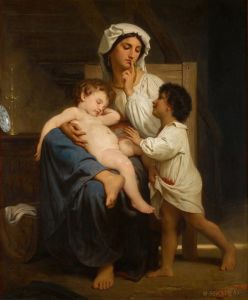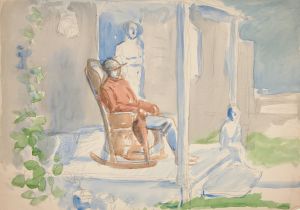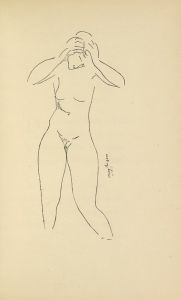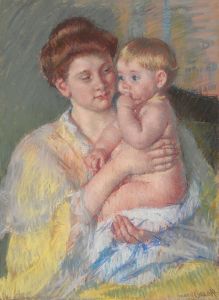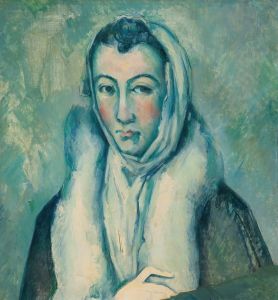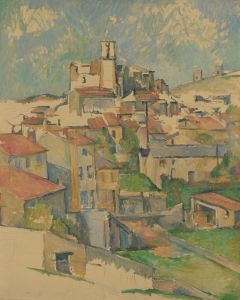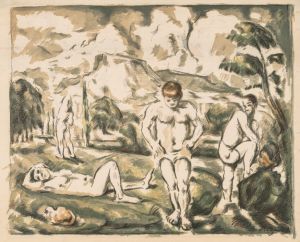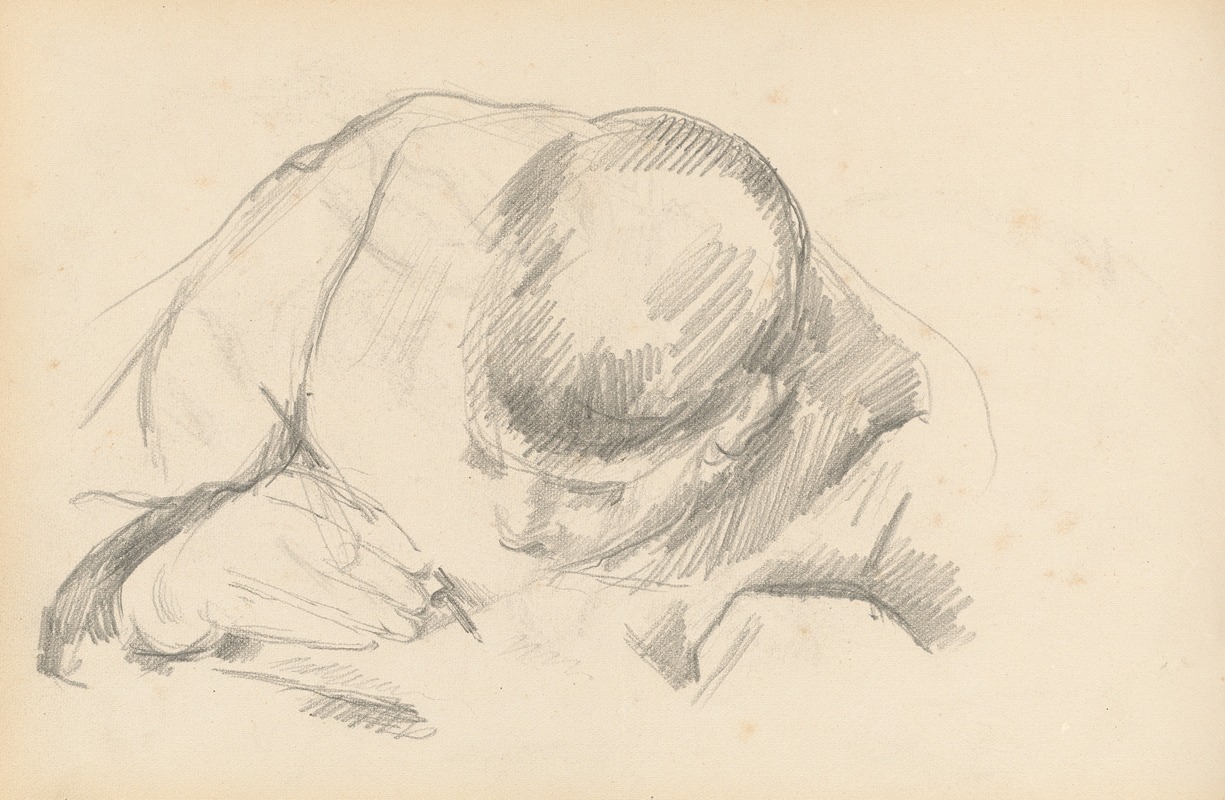
The Artist’s Son Writing
A hand-painted replica of Paul Cézanne’s masterpiece The Artist’s Son Writing, meticulously crafted by professional artists to capture the true essence of the original. Each piece is created with museum-quality canvas and rare mineral pigments, carefully painted by experienced artists with delicate brushstrokes and rich, layered colors to perfectly recreate the texture of the original artwork. Unlike machine-printed reproductions, this hand-painted version brings the painting to life, infused with the artist’s emotions and skill in every stroke. Whether for personal collection or home decoration, it instantly elevates the artistic atmosphere of any space.
"The Artist’s Son Writing" is a painting by the renowned French Post-Impressionist artist Paul Cézanne. This artwork is part of Cézanne's extensive exploration of portraiture, a genre he revisited throughout his career. The painting depicts Cézanne's son, Paul, engaged in the act of writing, a subject that reflects both personal and artistic significance for the artist.
Paul Cézanne was born on January 19, 1839, in Aix-en-Provence, France. He is widely regarded as a pivotal figure in the transition from 19th-century Impressionism to 20th-century Cubism. His work laid the foundation for the modernist movements that followed, influencing artists such as Pablo Picasso and Henri Matisse. Cézanne's approach to painting was characterized by a focus on form and structure, often emphasizing geometric shapes and a unique treatment of color and light.
"The Artist’s Son Writing" exemplifies Cézanne's distinctive style. The painting captures a quiet, intimate moment, with young Paul absorbed in his writing task. Cézanne's use of color and brushwork is evident in the way he renders the textures and forms within the composition. The palette is typically subdued, with earthy tones and subtle contrasts that create a harmonious balance throughout the piece.
Cézanne's relationship with his son, Paul, was an important aspect of his life. Born in 1872, Paul was the only child of Cézanne and his partner, Hortense Fiquet, whom he later married. The artist often used his son as a subject in his paintings, capturing various stages of his childhood and adolescence. These portraits not only reflect Cézanne's personal affection for his son but also his evolving artistic techniques and interests.
In "The Artist’s Son Writing," Cézanne's focus on the structural elements of the composition is apparent. The painting demonstrates his interest in capturing the essence of his subject through a careful arrangement of shapes and forms. This approach is indicative of Cézanne's broader artistic philosophy, which sought to depict the underlying order of nature and the world around him.
The painting is also notable for its introspective quality. Cézanne's portrayal of his son engaged in a solitary activity suggests a moment of contemplation and concentration. This introspection is a recurring theme in Cézanne's work, reflecting his own thoughtful and methodical approach to art.
While "The Artist’s Son Writing" is not as widely recognized as some of Cézanne's other works, it remains an important part of his oeuvre. It offers insight into his personal life and artistic development, showcasing his ability to convey depth and emotion through his unique style.
Cézanne's legacy as a pioneering artist continues to be celebrated today. His innovative techniques and dedication to his craft have left an indelible mark on the history of art, influencing countless artists and movements. "The Artist’s Son Writing" stands as a testament to his skill and vision, capturing a moment of familial intimacy with the same rigor and attention to detail that characterized all of his work.





